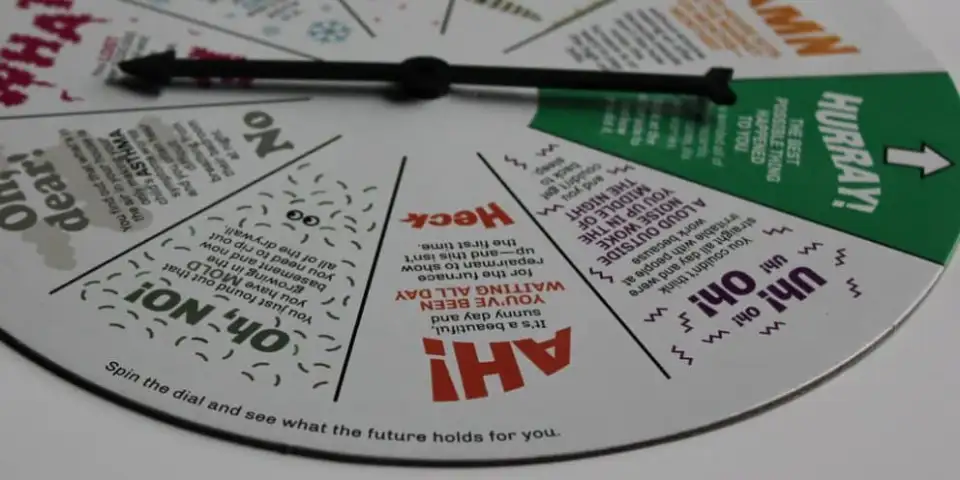
This article by James Geppner and Bruce Sullivan comes courtesy of the Zero Energy Project, where it was originally published on October 17, 2019.)
We humans are very bad at thinking about risks. We underestimate some and greatly overestimate others. This can lead to bad decisions. It’s no different when it comes to buying a home. In fact, certain risks, such as a furnace replacement or exposure to contaminants in the air, are often simply excluded from the decision-making process altogether.
When these and other important considerations are not factored in by home buyers, they’re more likely to choose the high risk option: a conventional house. People readily accept risks in their choice of a home that they would not accept in other areas of their lives. Just imagine buying a ticket on an airline that had a high accident rate because you could save 10% on the airfare. Sounds crazy, doesn’t it? And yet, while it makes no sense for a person to choose a home that’s riskier and costs more to own, it happens every day.
So let’s look at why it is that people so often dismiss or ignore risks and certain costs, and what those who design and build high-performance homes can do about it.
Effortless Costs
Some costs are visible, certain, and very easy to grasp. The list price of an existing home or the contract price of a custom home are good examples. It’s clearly stated on the house listing or on the contract. These costs are fully considered in the home buyer’s decision. Why? Because it’s easy. The number is what the number is. This is one of the oddities in the way we human beings tend to process information – if it’s easy, it feels right. Not only is the list price or the contract cost misleading but, to make matters worse, the real estate industry endorses this mistake by talking in terms of cost per square foot, giving buyers a distorted view of value.
Difficult Costs
Other costs are far more difficult to think about and require a lot more time and cognitive effort to think about, such as energy and repair costs. Then there are costs that are still harder for the home buyer to consider in their decision: risks. Poor indoor air quality can exacerbate asthma symptoms or even cause a person to contract the condition. It can limit cognitive functioning and sleep can be disturbed in homes that are noisy. Time and money is lost when dealing with problems resulting from moisture intrusion or mold.
The costs associated with the risks of lost time, respiratory illness, performance reduction, loss of sleep, and financial burdens are routinely excluded from the decision-making process. Why? Because they are difficult. They require a lot of cognitive effort and human beings are wired to avoid, if possible, expending such effort. So what do we do? We skip it.
Effort and Choice
This concept of easy versus difficult costs is important for those selling high-performance homes because the type of home people see as the expensive option – the conventional house or the high performance one – depends entirely on their willingness and ability to think effectively and deliberately about costs. Avoidance or acceptance of difficulty shapes this choice.
For the sake of our argument, consider the choices of two fictional people, Ernie and Willa.
Ernie considers only the information that comes to him effortlessly. He uses only the list price, the visible aesthetics, and cost per square foot in his decision. Risks and other costs may not even enter his awareness – and those that do may still be excluded from the decision. Long-term benefits and risks aren’t given full consideration. So he picks a conventional house, which he sees as the less expensive option. His judgments are faulty.
On the other hand, Willa considers a broader range of information, factoring in all the costs and risks including health and comfort. Because these costs and risks are like a massive tax and show the low list price to be an illusion, she picks the high-performance home. She correctly sees it as the far less expensive option. Her judgments are more accurate.
How do we get more people to be like Willa?
Making It Easy
Conventional homes come with substantial risks, such as drafts, noise, poor indoor air quality, mold, and higher cost of ownership. One way to help home buyers think about all of this is The Lucky Game developed by Erase40. This game helps home buyers better grasp the risks of conventional homes. It also helps them think beyond the near-term and carefully examine all the risks and benefits in order to make a more informed decision.
We’re all bad at thinking about things that are uncertain or distant in time. The Lucky Game makes certain risks more vivid, less distant, and less abstract so that they will play a larger role in the home buyer’s decision. It also makes it easier for professionals to have a conversation with home buyers about these risks. However, it also must be said that the game only takes things so far. It makes it easy for home buyers to factor certain risks into their decision, but what cost to assign to each element is still up to them.
Not only are poor judgments clouding home buyers’ decision-making process, they are limiting market growth for high-performance and zero energy homes. But there are things professionals can do to help their clients make better decisions and end up with healthier, happier futures. When people identify certain risks – and assign a cost to them – they are able to make an apples-to-apples comparison between a high-performance house and a conventional one. In doing so, they will be able to clearly see which one is the better and less expensive option.
The math is unambiguous: the risky option is the far more expensive one.